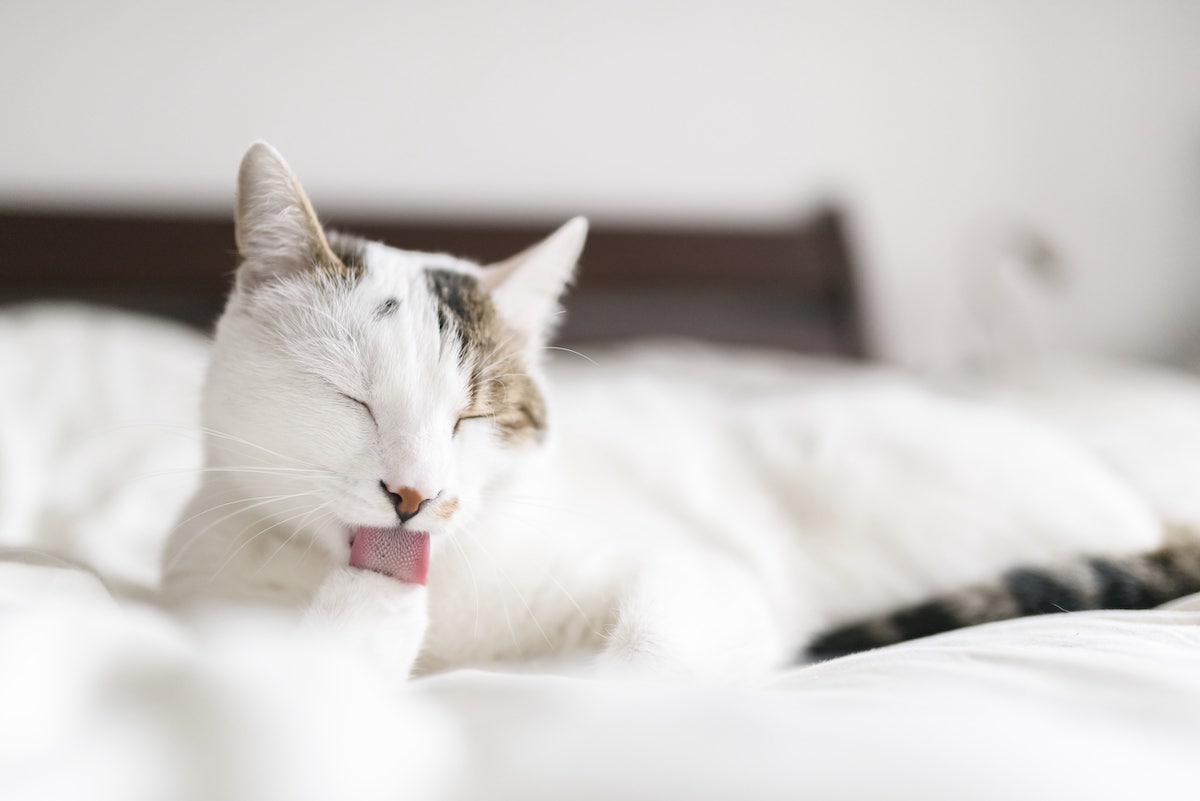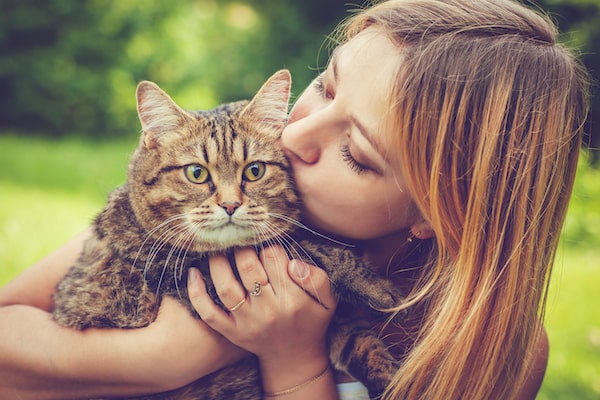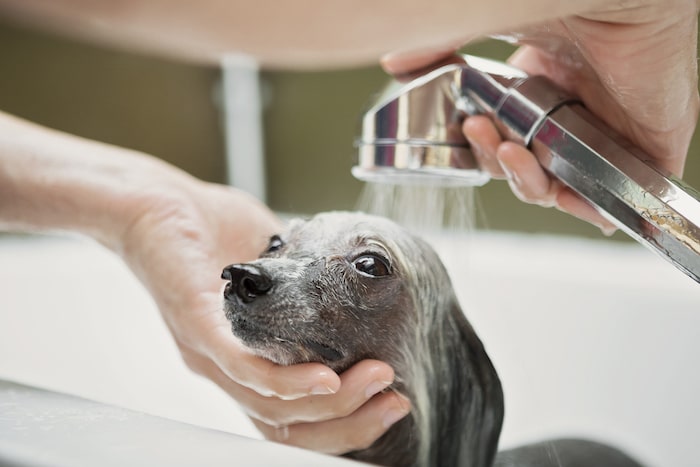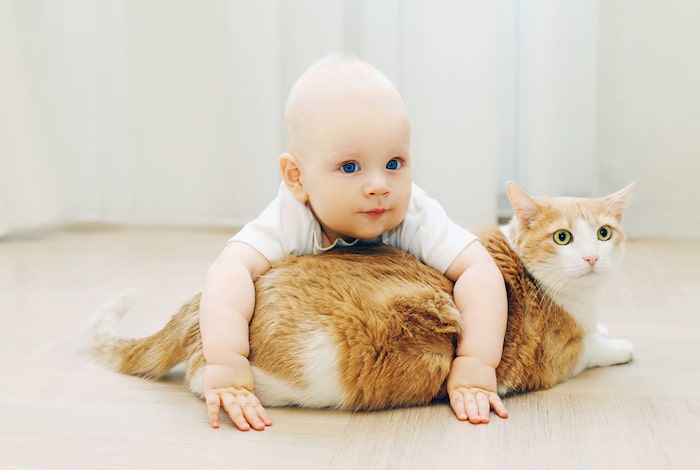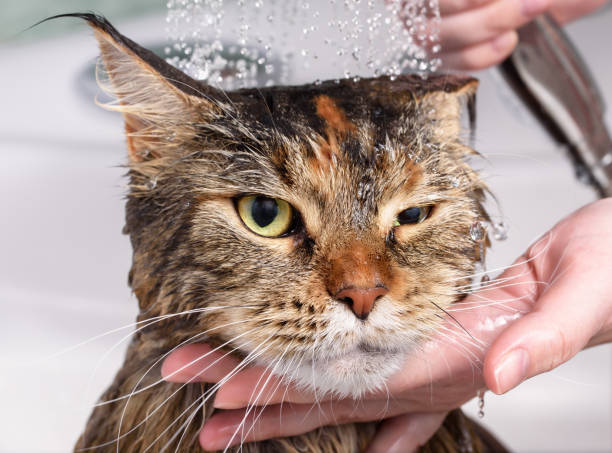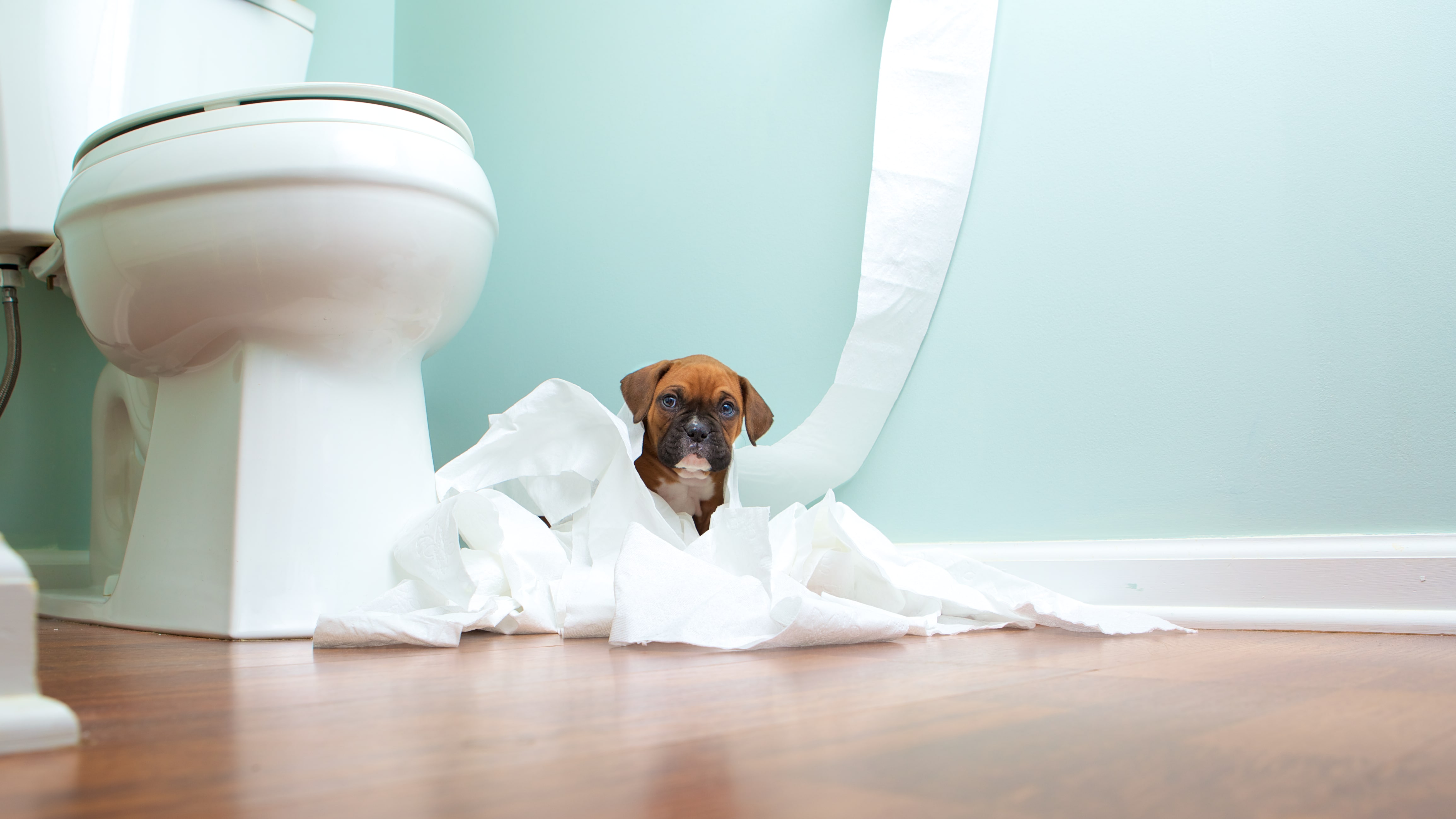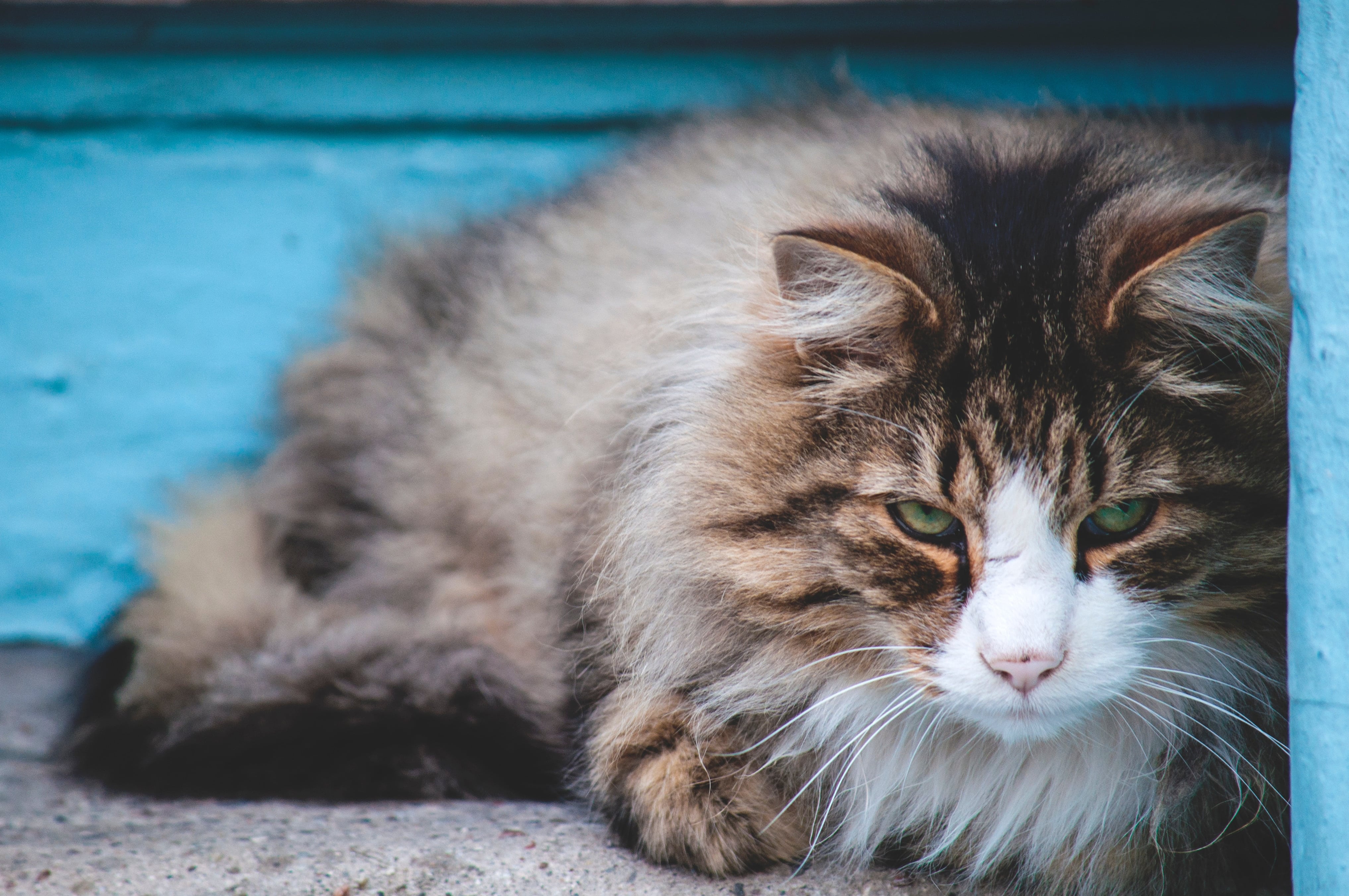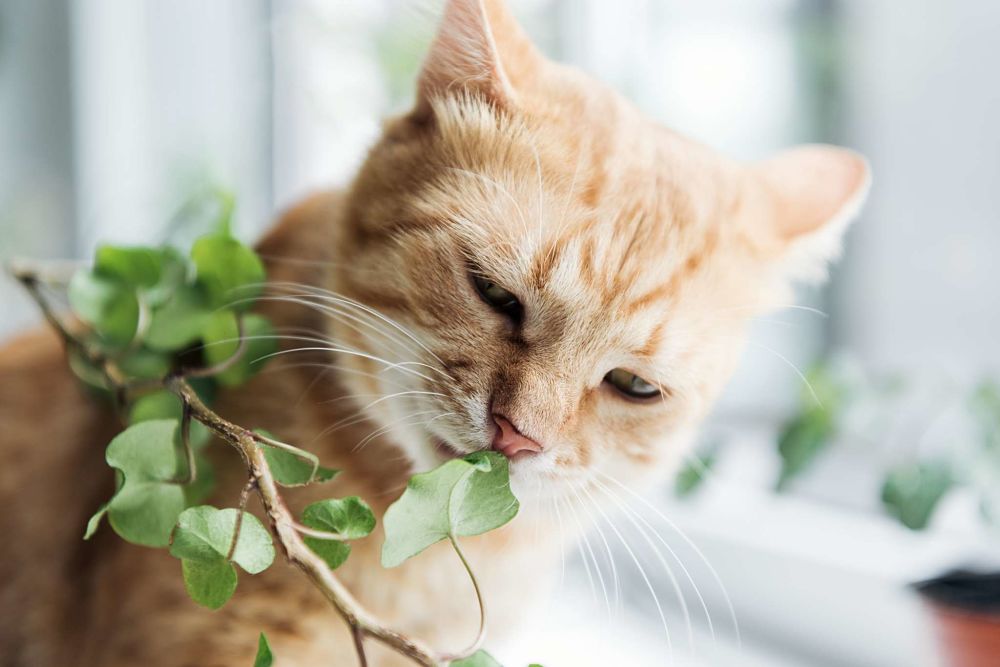
What Plants Are Toxic for Cats?
by Amy Smith - 7/22/19
While cats are carnivores and depend on animal products for most of their nutrition, all cats — especially — curious kittens, will nibble on plants and grass from time to time. Just a few bites of the wrong plant can be highly dangerous. Learn about the most common toxic plants for cats, as well as which ones are totally safe.
The Worst Offenders
Cats can usually be trusted to look after themselves in matters of grooming and diet. They’re not likely to nibble on something poisonous, especially outdoors where there is plenty of room to roam and small rodents to chase. However, a bored indoor cat or a curious young kitten may try a few bites of your houseplants or flower arrangements, so it’s important to know which ones pose a real risk to your kitty’s health. At the top of the danger list are true lilies (including day, tiger, Asiatic, Easter, Japanese show and stargazer lilies). Ingesting even very small amounts of these plants can cause fatal kidney failure in a cat, so it’s best to keep lilies out of your house altogether if you are a cat owner. Other less dangerous plants can still cause unpleasant symptoms. The ASPCA has published a comprehensive list of toxic plants, but here are some of the most common garden and household culprits:
- amaryllis
- autumn crocus
- azaleas and rhododendrons
- castor bean
- chrysanthemum
- cyclamen
- dieffenbachia or dumb cane
- English ivy
- kalanchoe
- marijuana
- oleander
- philodendron
- sago palm
- Spanish thyme
- tulip and daffodil bulbs
- yew
If You Suspect Your Cat Ate a Poisonous Plant
Of course, you can’t watch your cat every minute of the day, and it’s always possible that he may come in contact with a toxic plant even after you’ve taken precautions. If you notice your cat has gnawed on some houseplants or some unusual foliage outdoors, try to identify the plant to determine if he’s at risk. If he exhibits any symptoms of poisoning, contact your vet or the ASPCA poison control center as soon as possible. Signs to watch for include breathing problems, vomiting or diarrhea, inability to swallow, irregular heartbeat, sudden collapse and symptoms of irritated skin, such as redness, itching, blistering and swelling around the mouth and throat.
Find Safe (and Beautiful) House Plants
You want kitty to be safe in your home, but if you also have a green thumb and love to decorate with houseplants, don’t despair. Plenty of lovely indoor plants are completely harmless to your furry friends, even if they decide to try a few mouthfuls on some rainy afternoon. Try an easy-to-grow spider plant, a pot of bamboo or Swedish ivy for harmless greens. If you want a pop of color, safe flowering plants include African violets, marigolds, petunias, orchids, roses and zinnias. If your cat can’t keep his teeth off your potted plants, you may win his love by starting a tray of cat grass just for him. Step up to the salad bar, kitty!
Of course, no article about cats and plants would be complete without mentioning catnip. Despite its lack of toxicity to cats, on rare occasions, overuse or over-exposure to catnip can require veterinary assistance. Some symptoms include diarrhea or vomiting. However, when used properly, catnip can be a perfect treat for your cat.
Amy Smith is a writer, specializing in family and parenting topics. She teaches English, Latin, and music at a private school and lives with her husband and five children on a small homestead in rural Pennsylvania.
References
- http://www.pethealthnetwork.com/cat-health/cat-toxins-poisons/why-do-cats-eat-plants-and-should-i-be-worried
- https://www.petmd.com/cat/emergency/poisoning-toxicity/e_ct_poisonous_plants
- https://www.aspca.org/pet-care/animal-poison-control/cats-plant-list
- https://icatcare.org/advice/poisonous-plants
- https://www.petmd.com/cat/care/evr_ct_how-to-grow-cat-grass
- https://www.aspca.org/pet-care/animal-poison-control
- https://www.care.com/c/stories/6263/25-plants-poisonous-to-cats-and-25-safe-plant/
- https://scratchpay.com/blog/what-does-catnip-do-to-cats
- https://scratchpay.com/blog/how-to-use-catnip


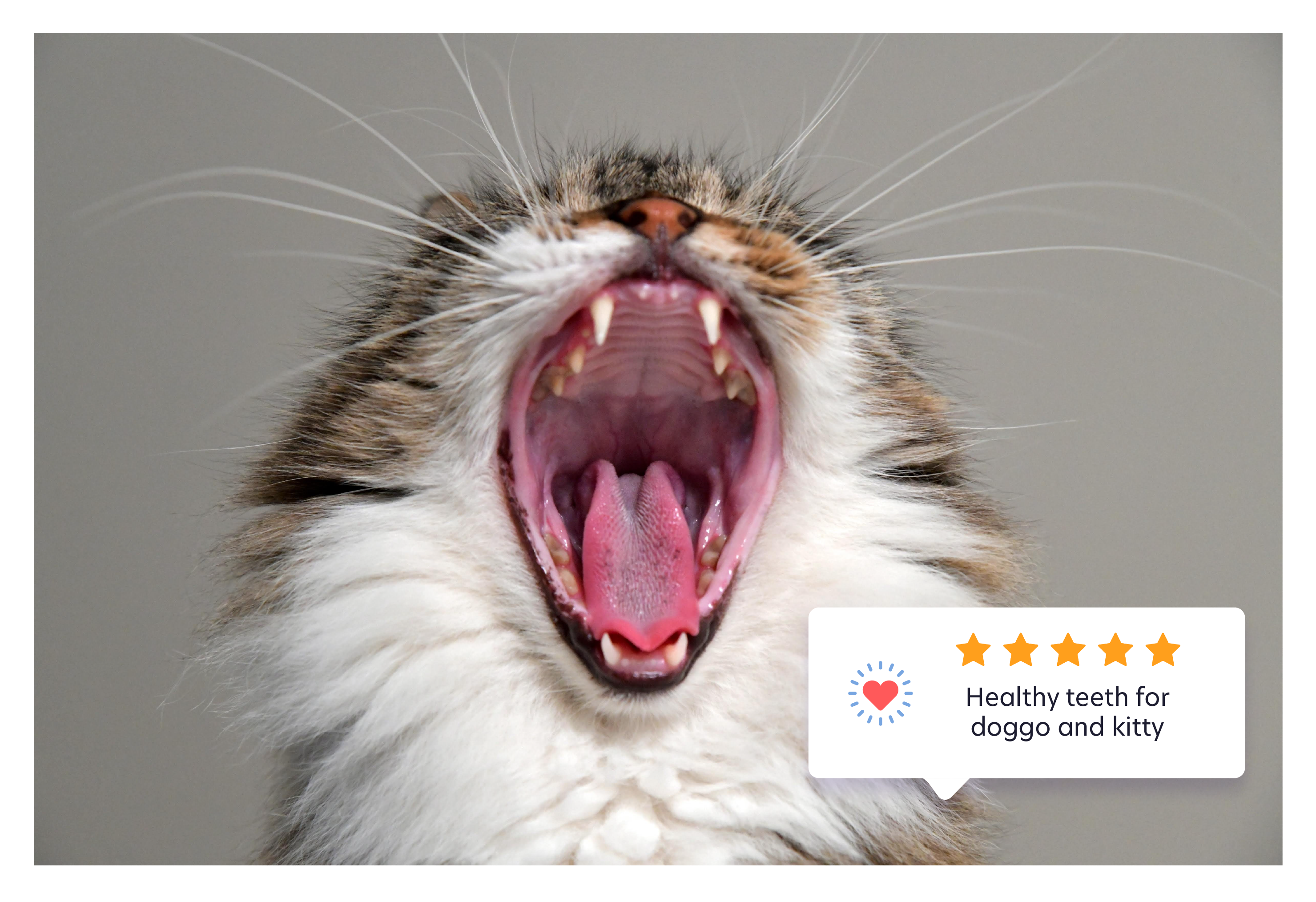

.jpg)

.jpg)
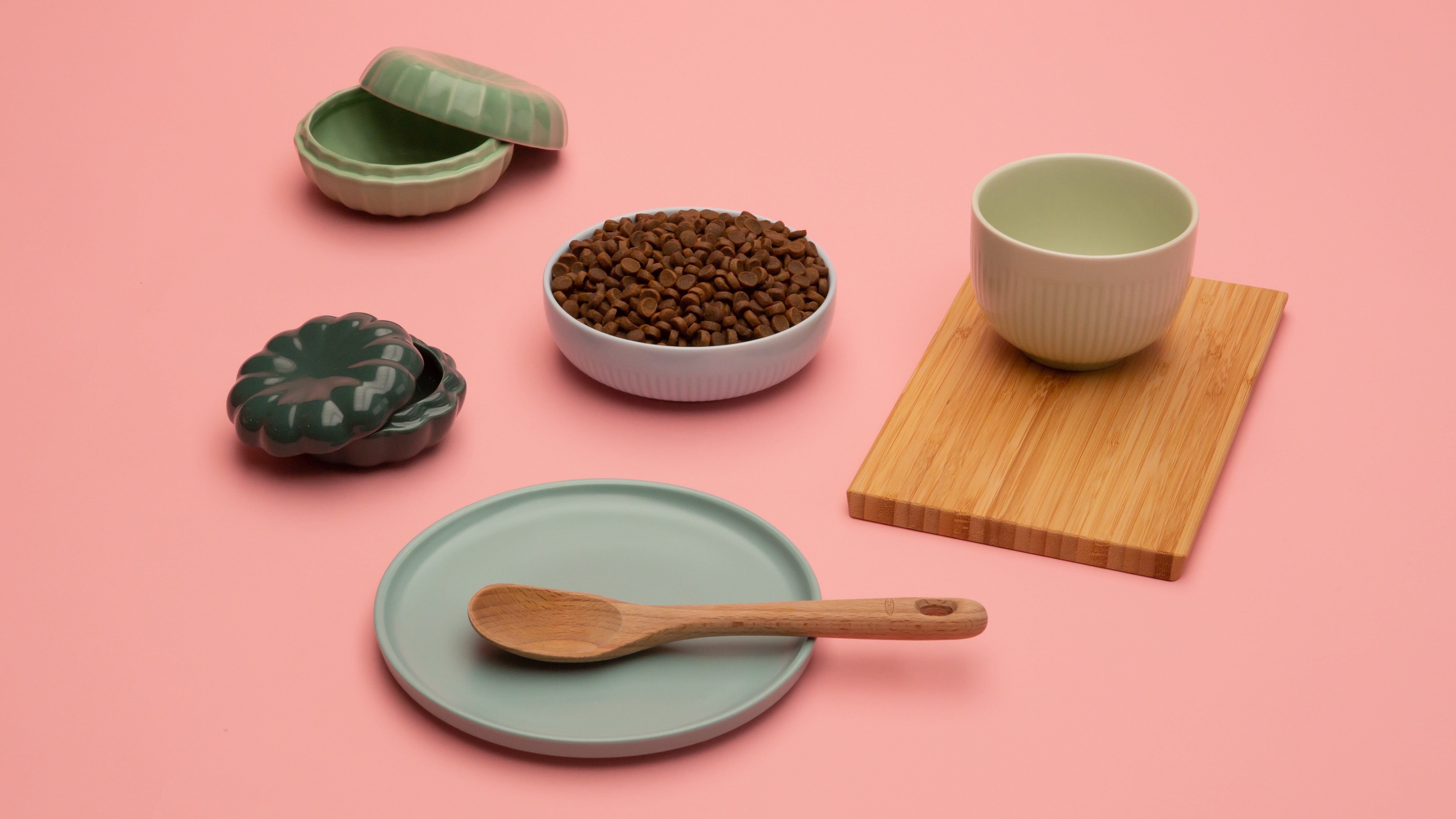
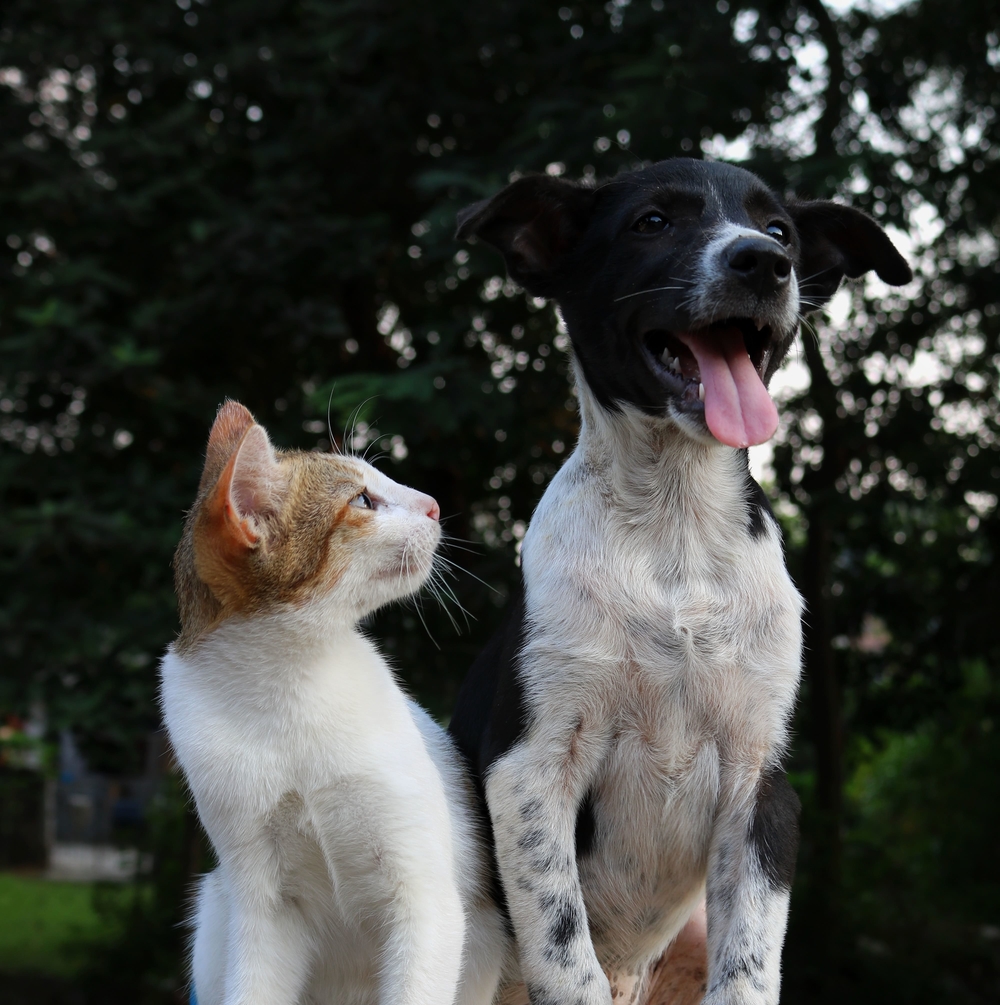
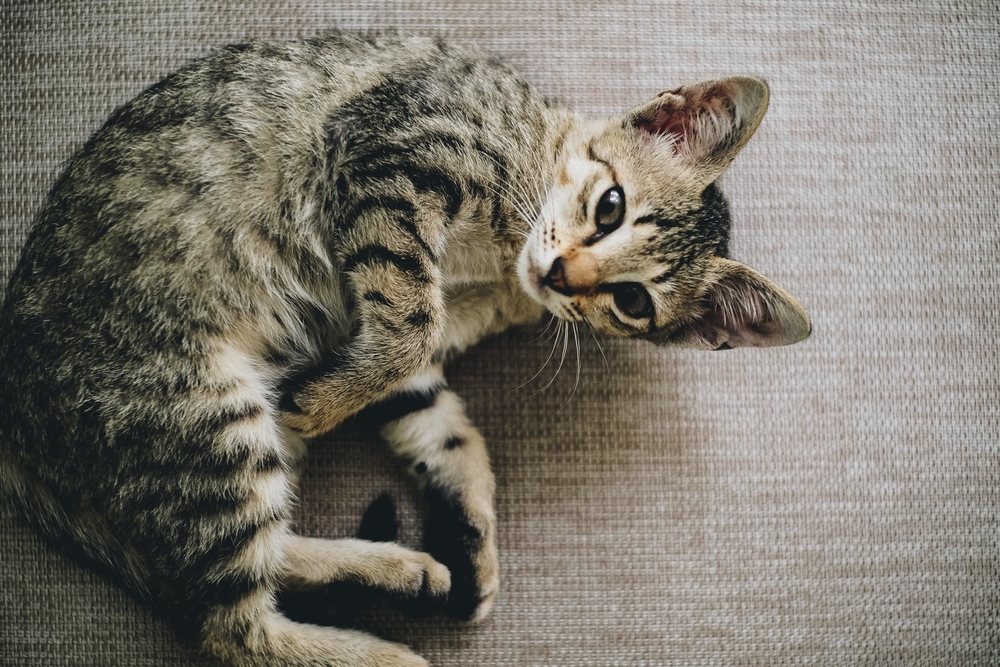


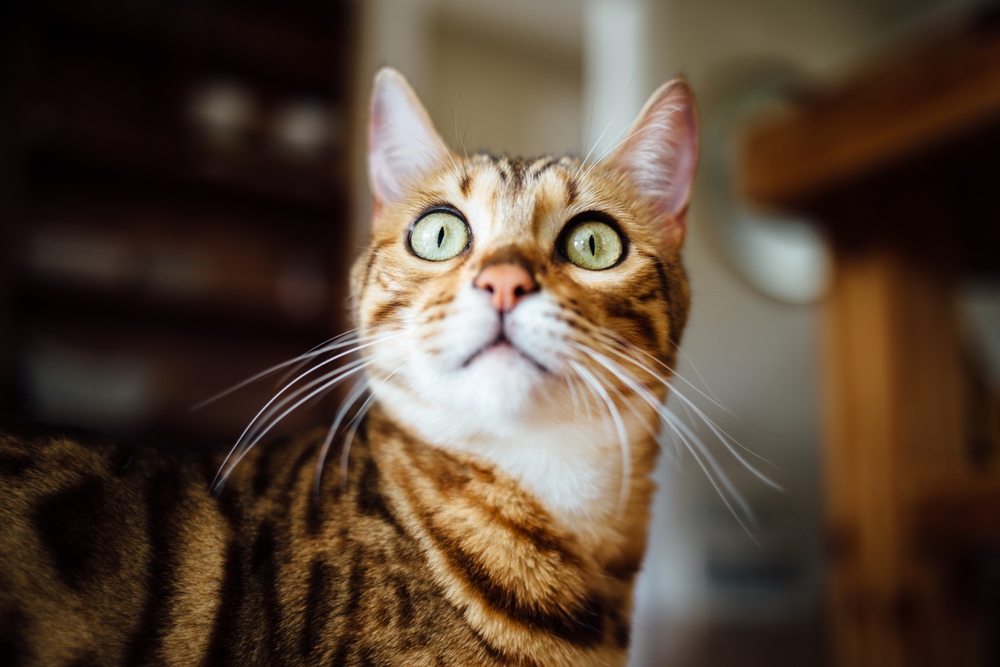


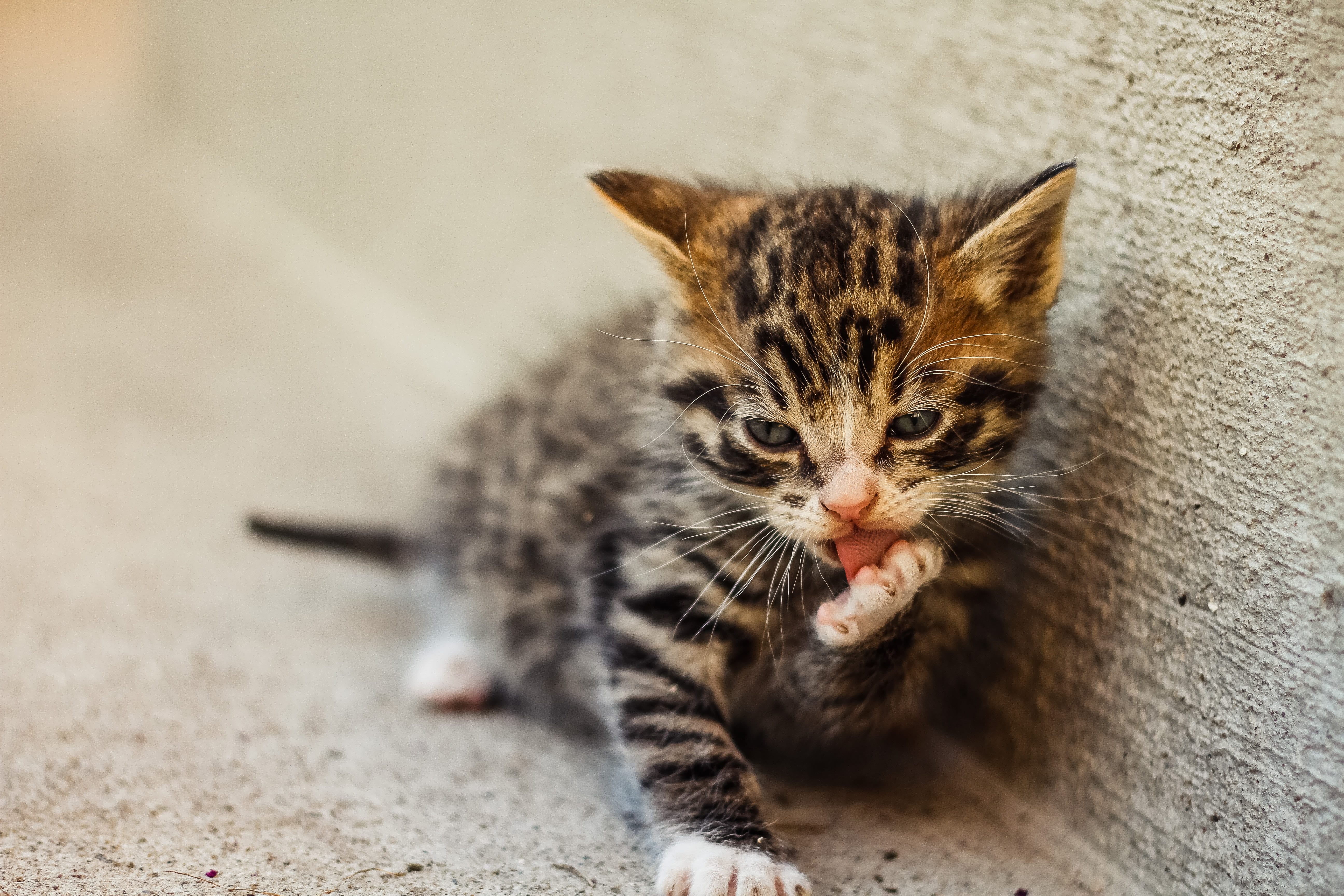

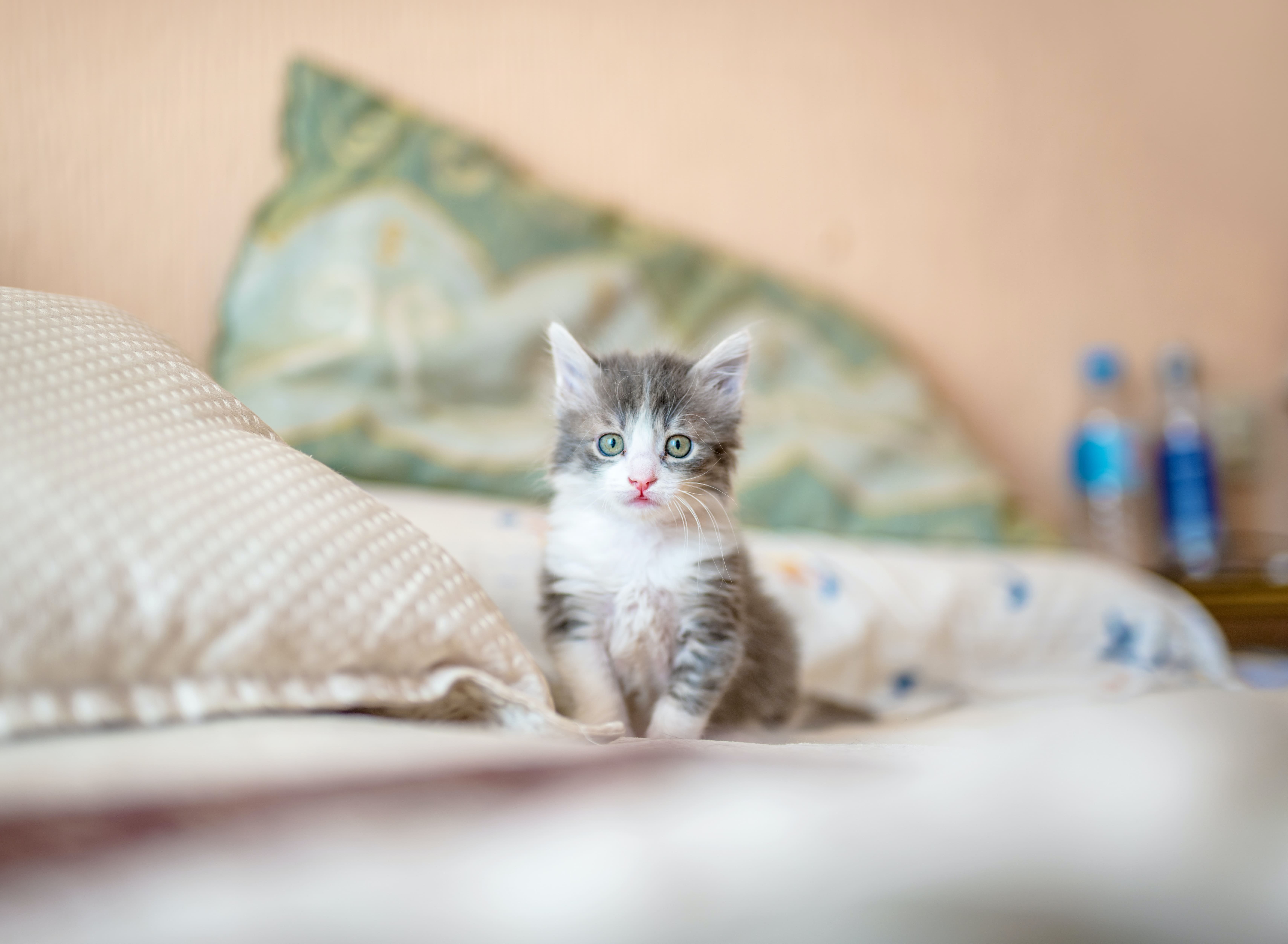



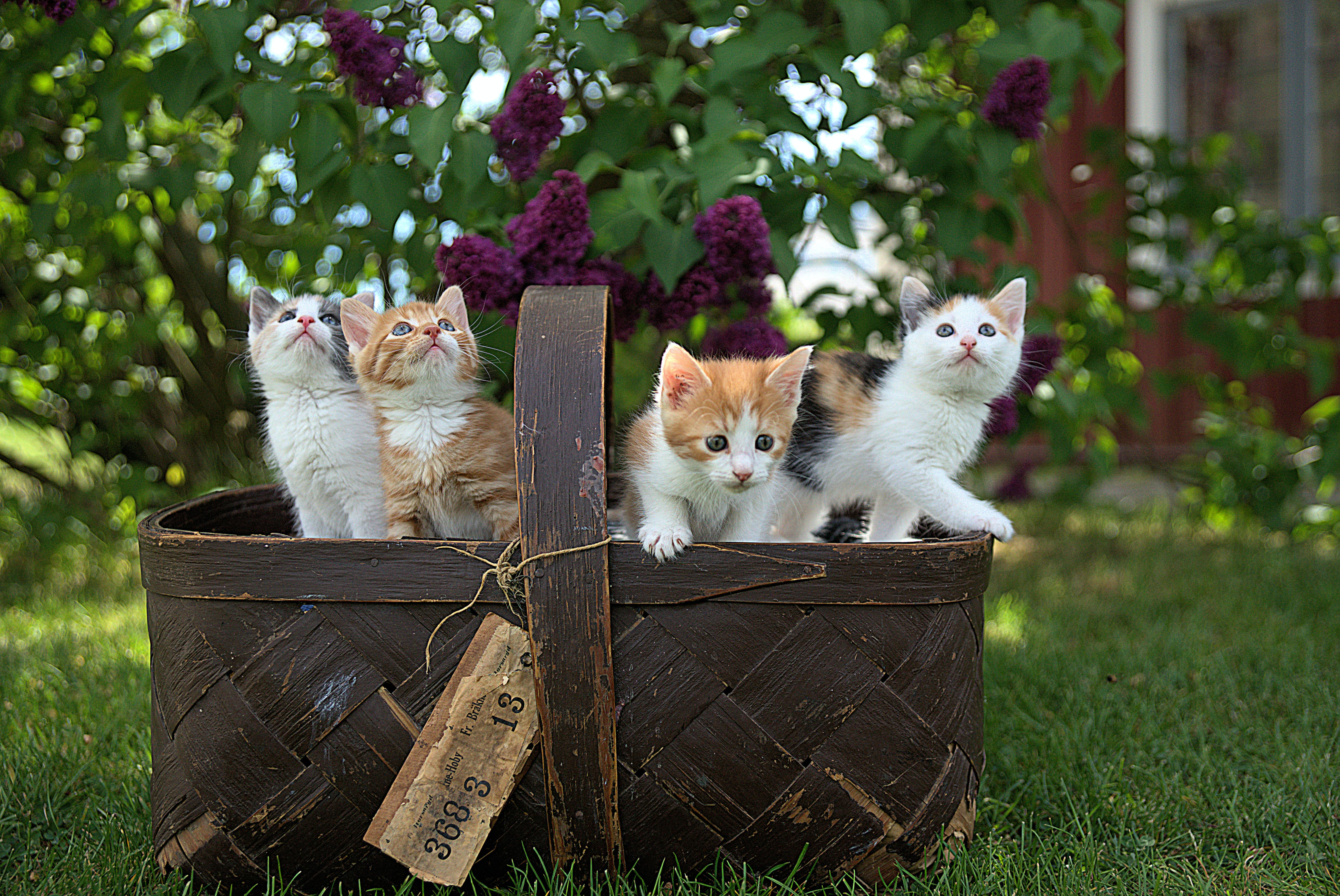
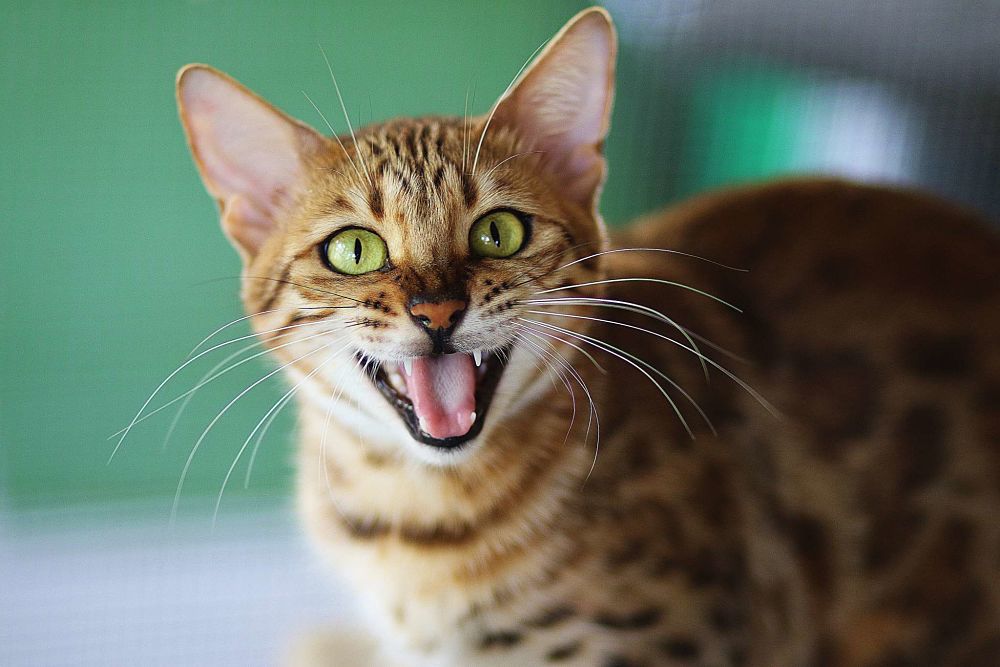


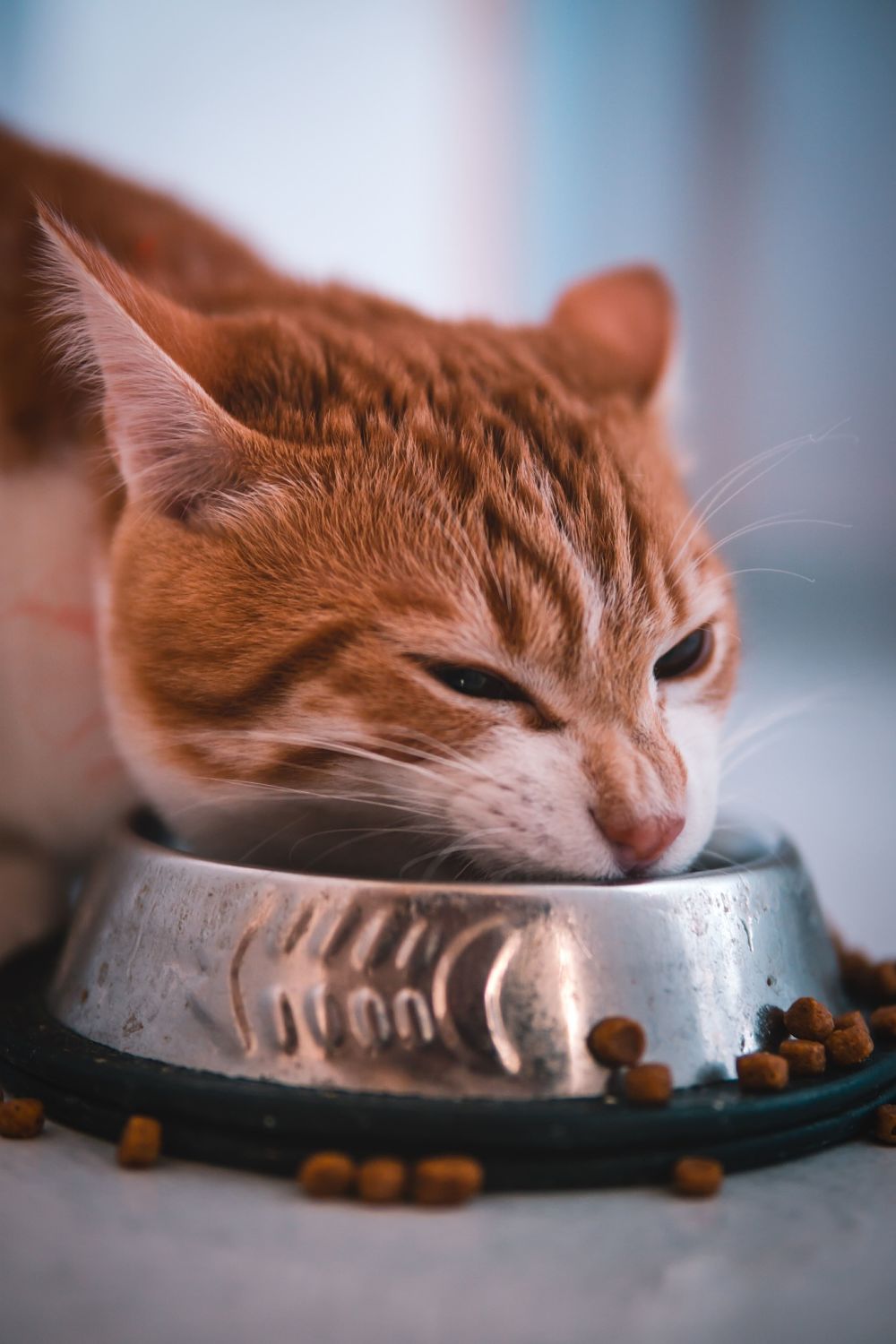


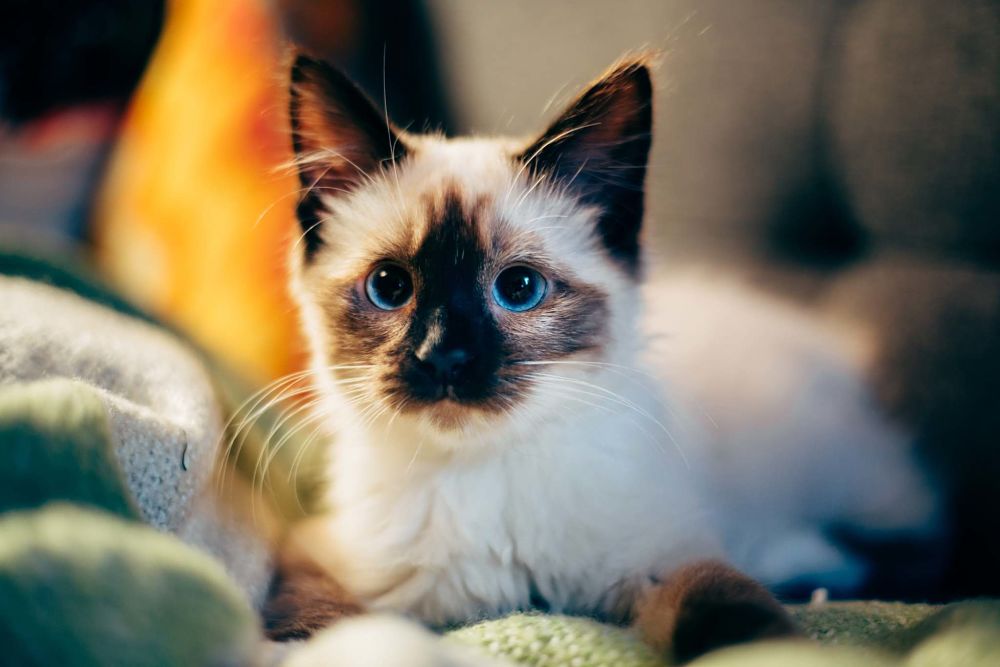

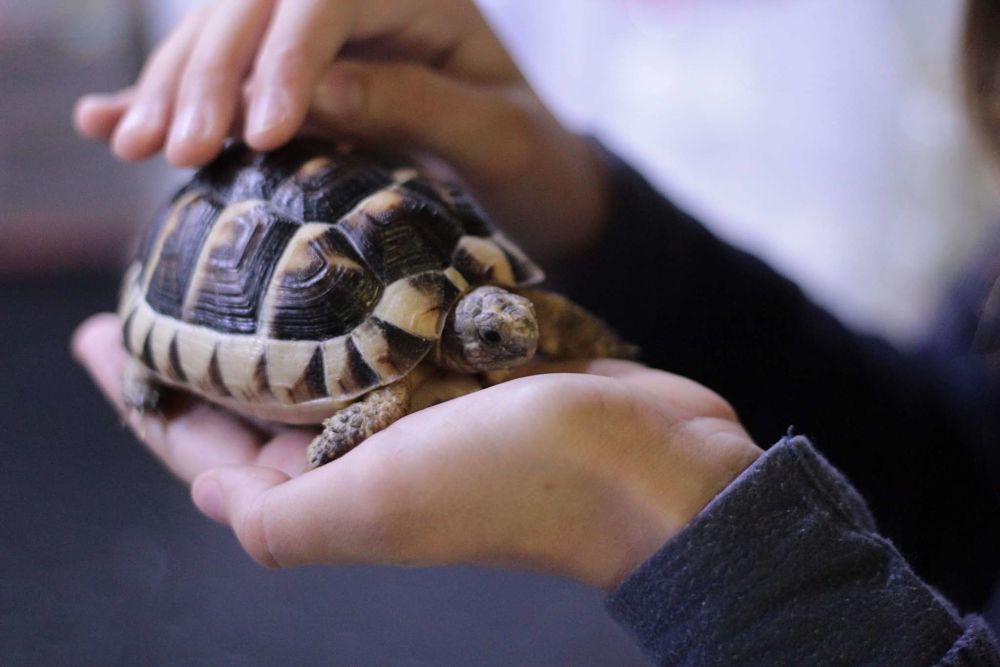
.jpg)





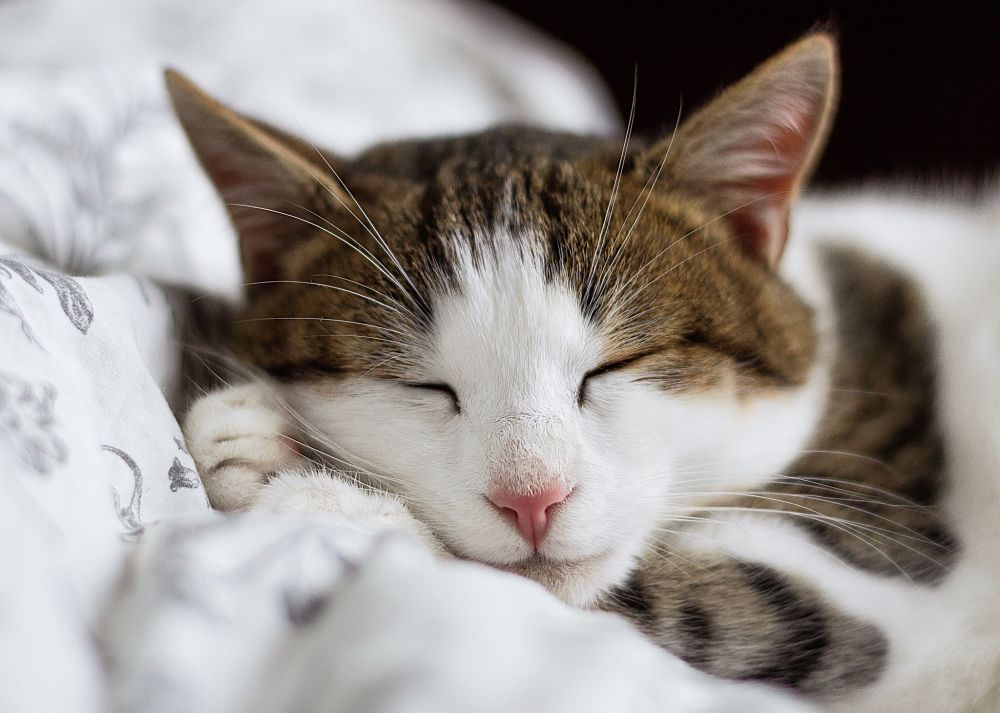
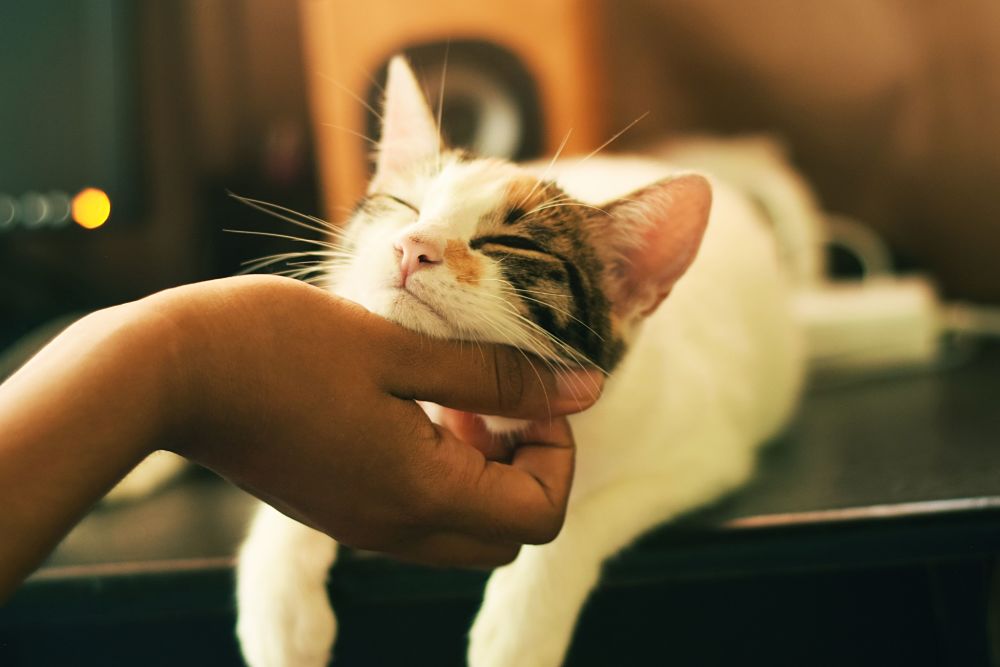




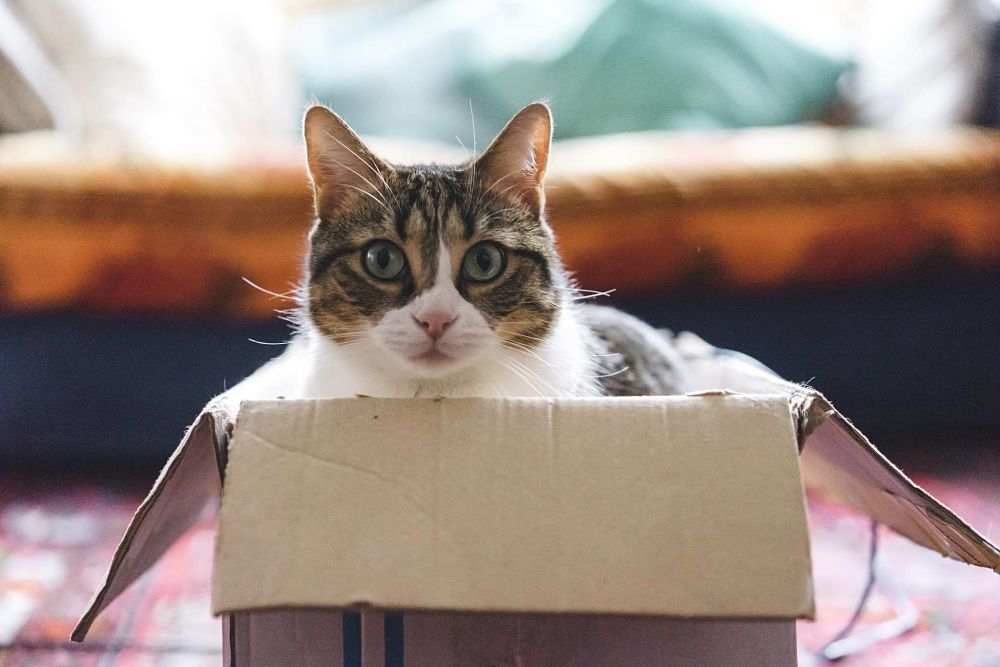


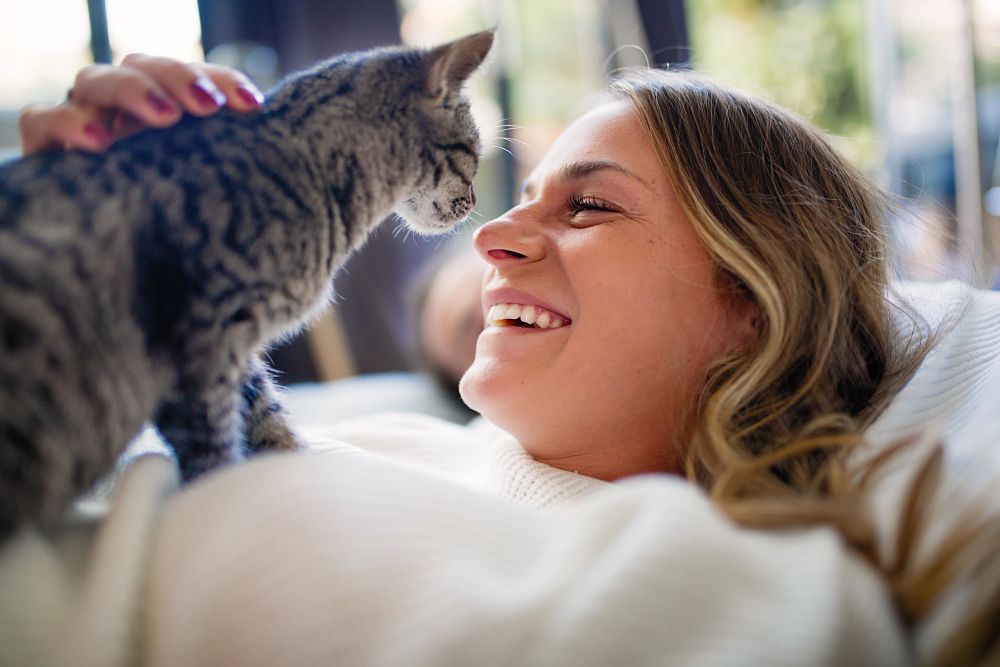




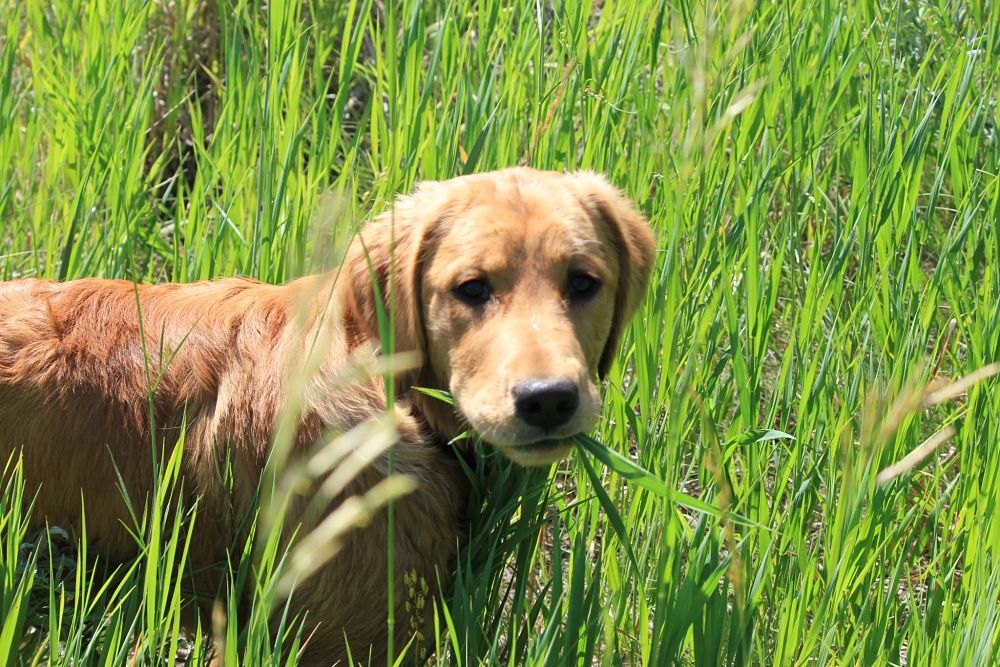

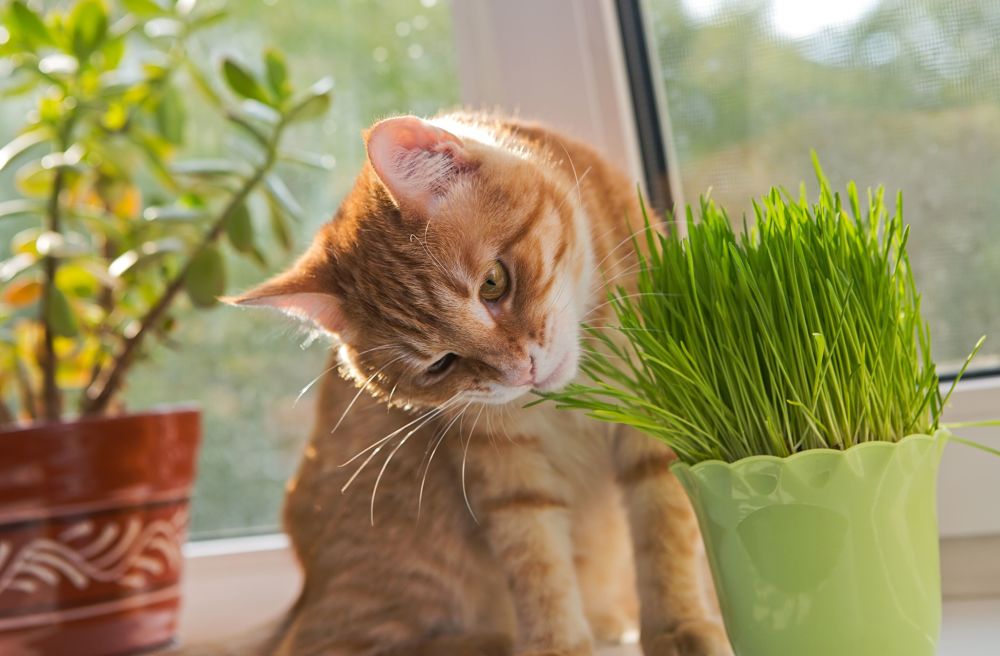



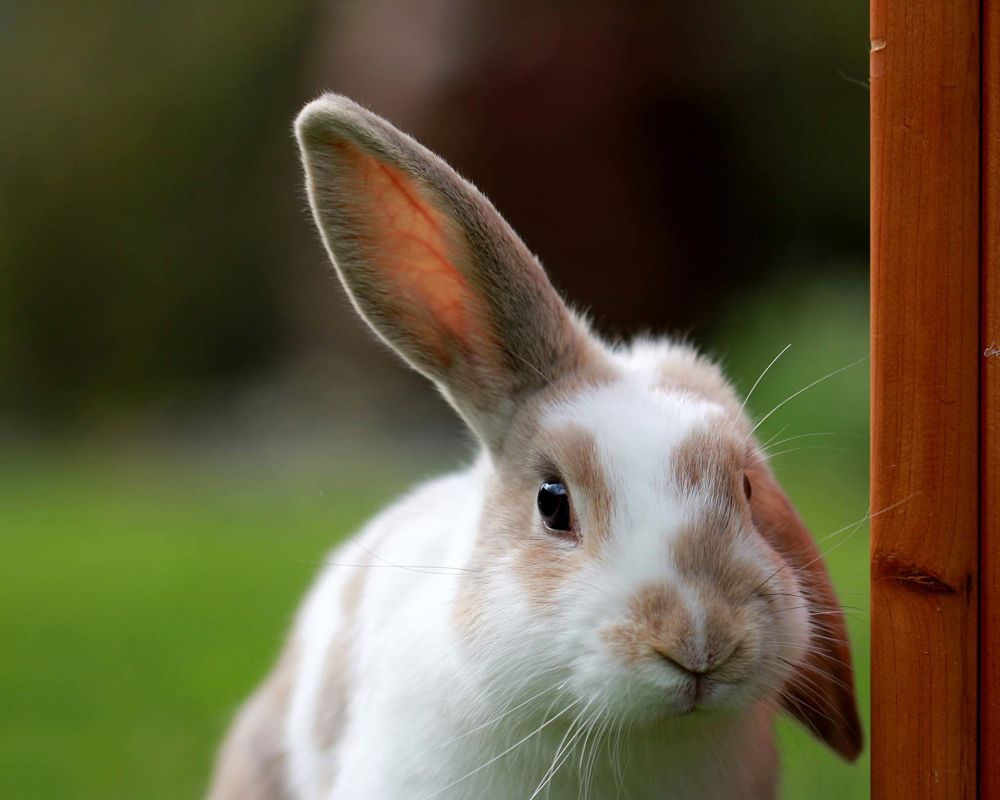



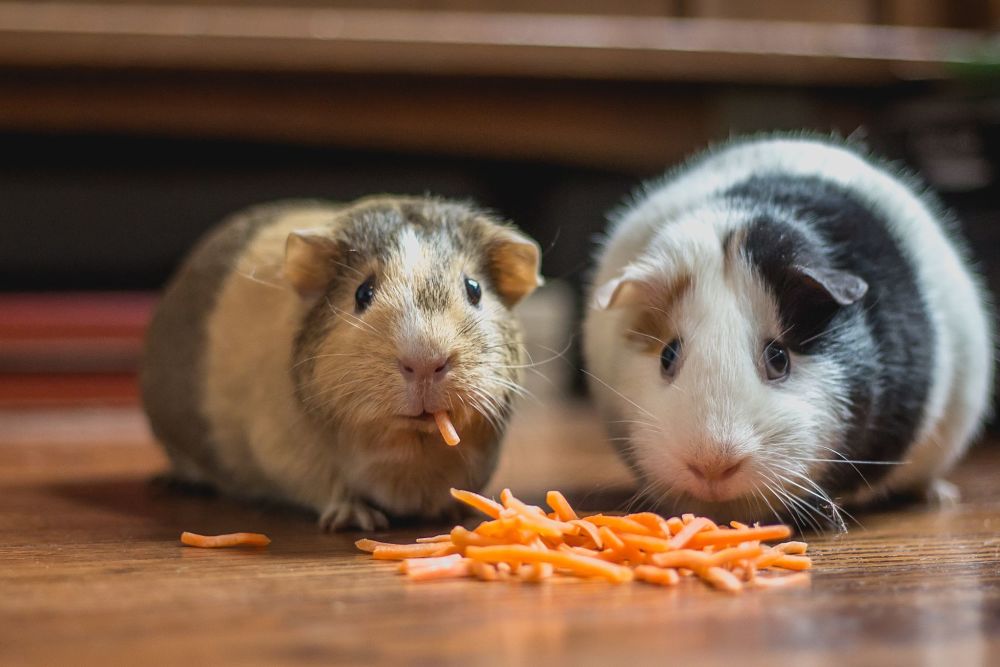


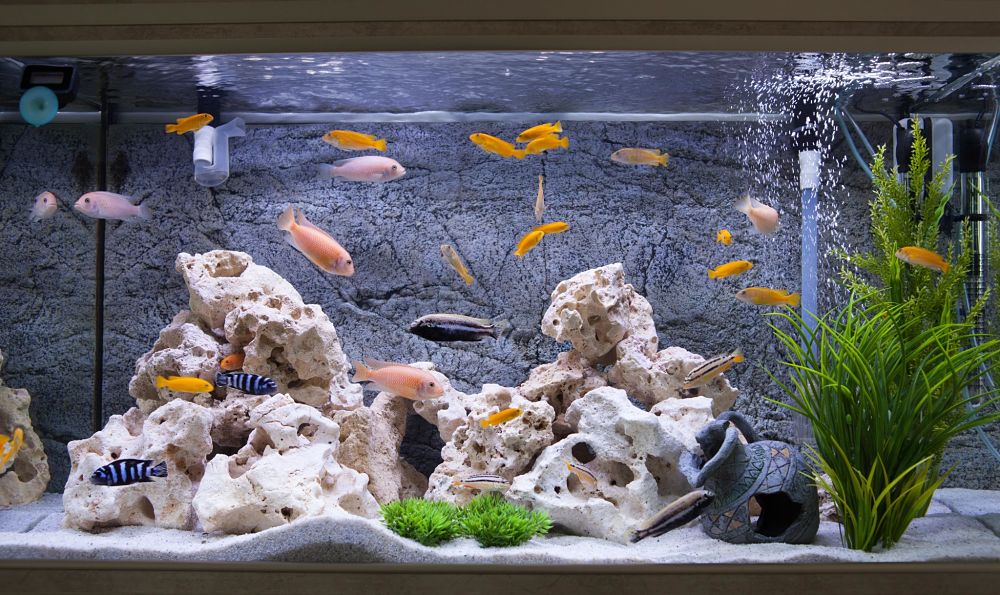
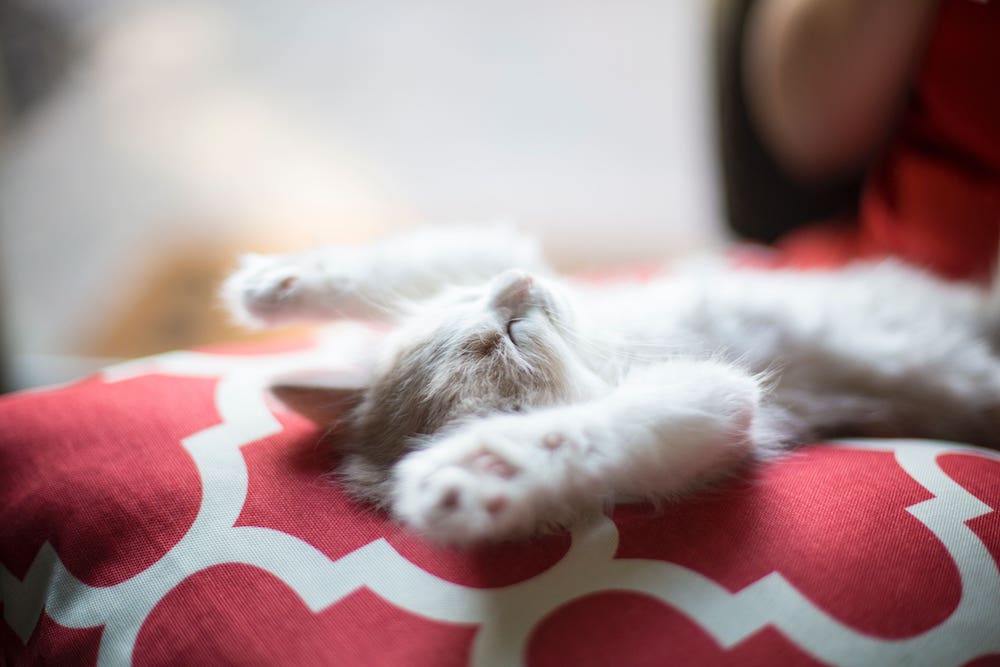
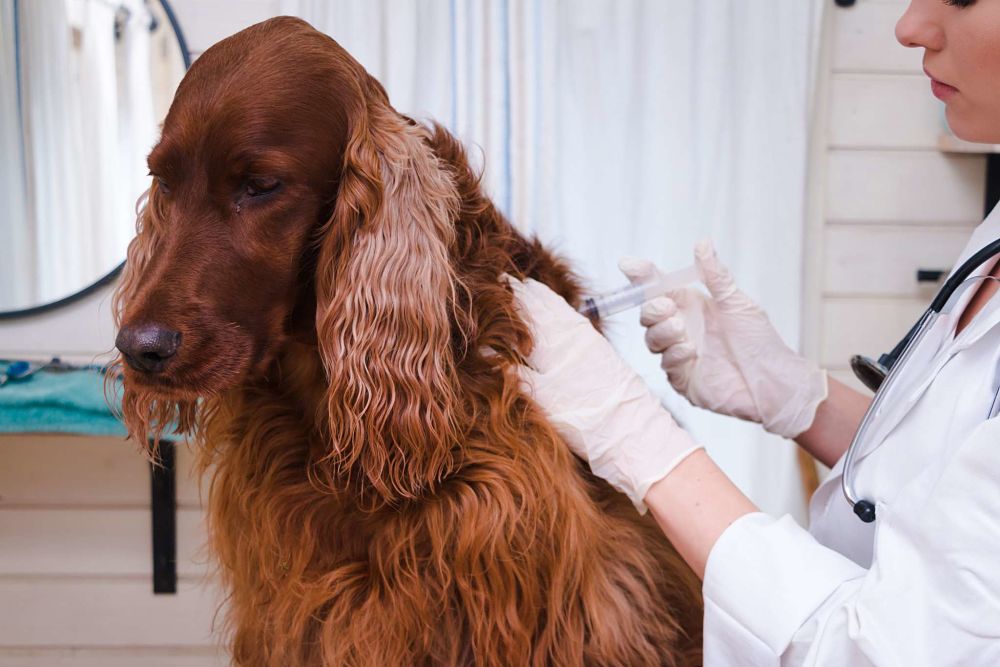


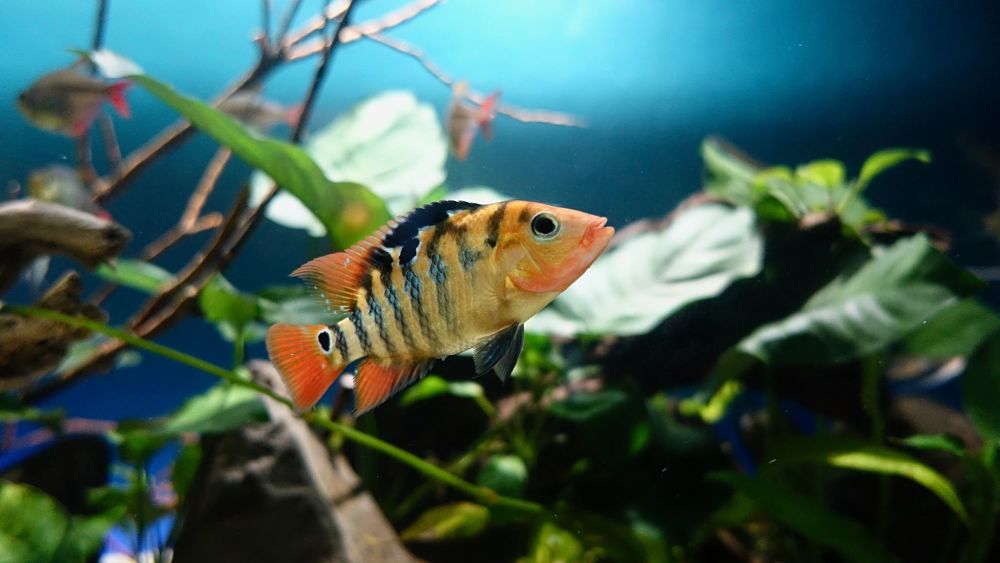
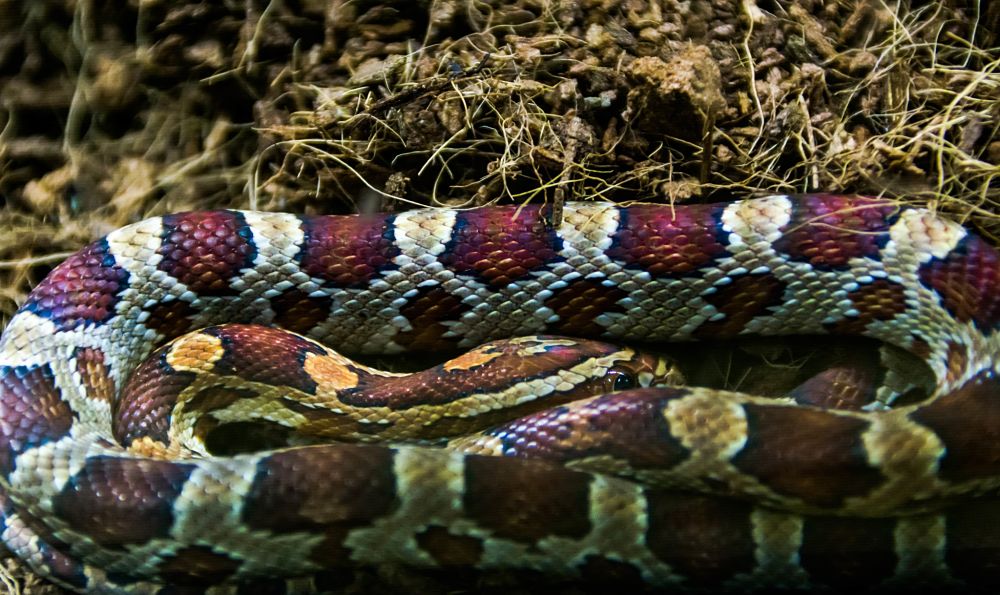
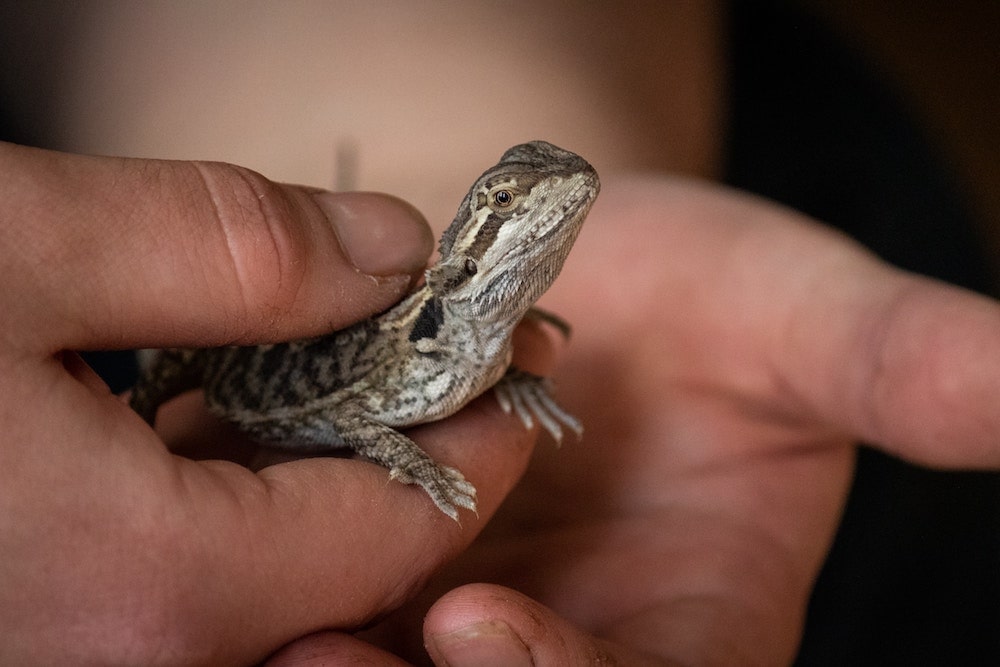


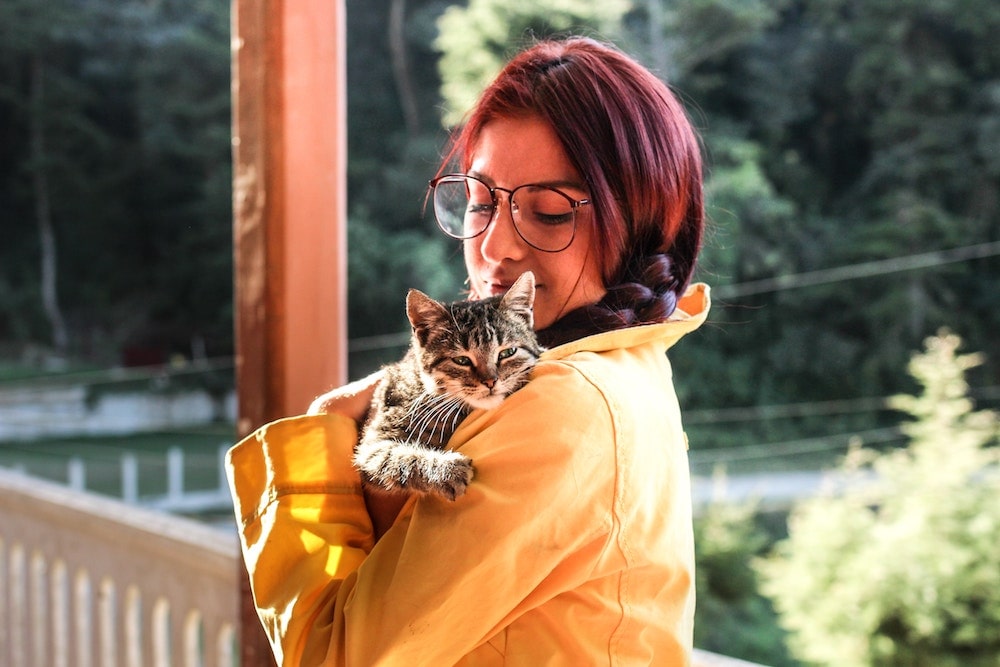
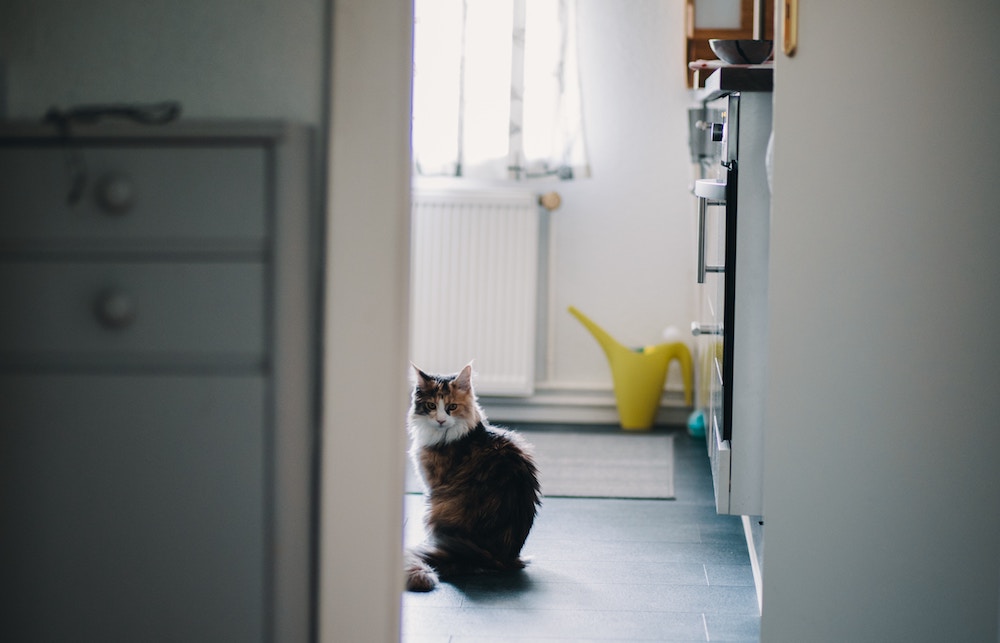

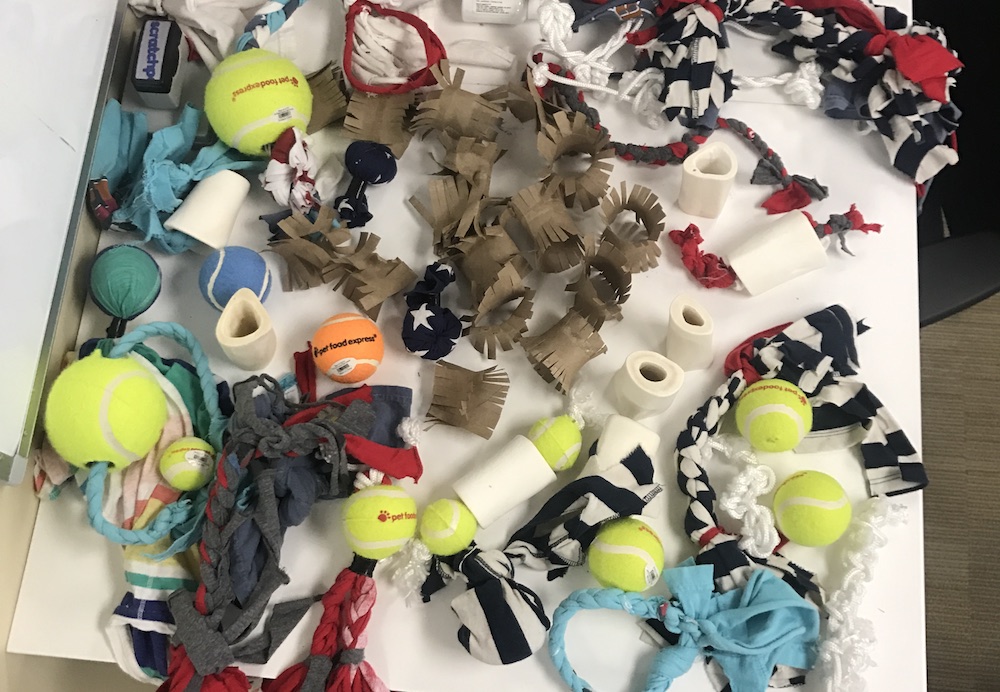


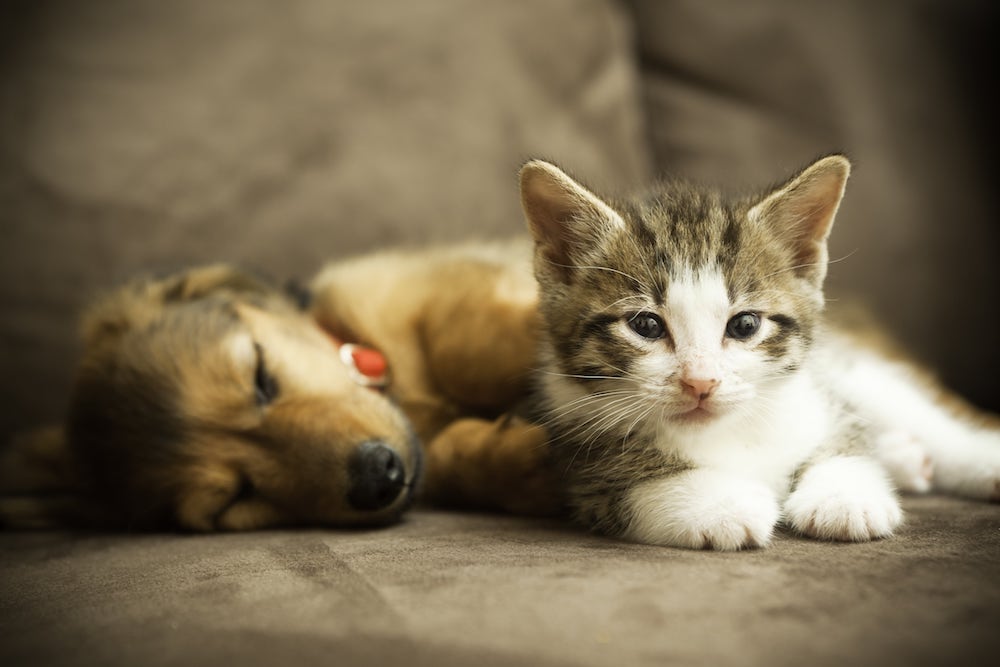



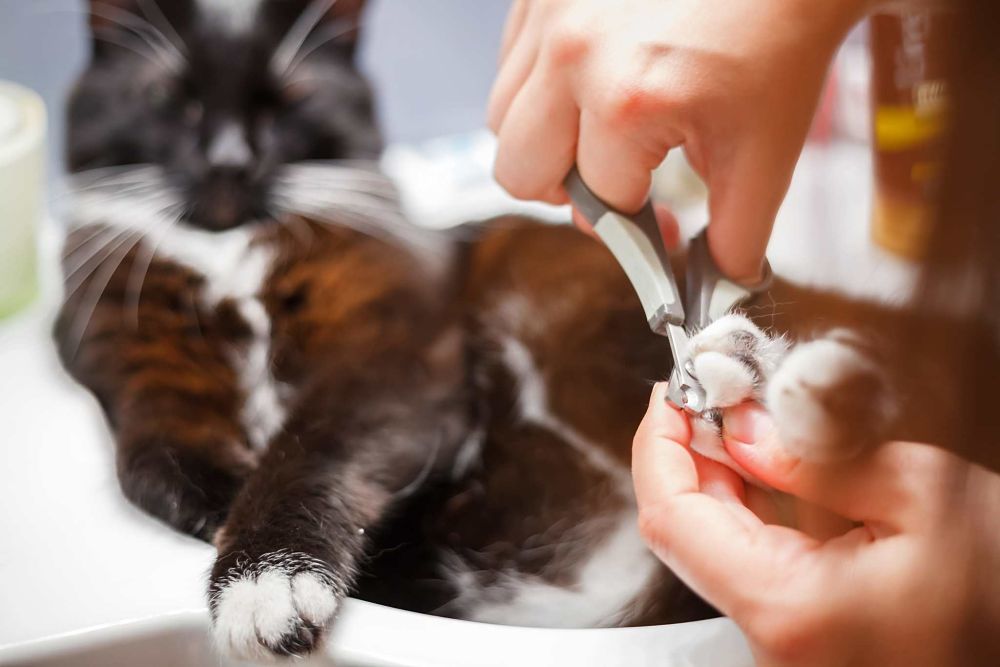
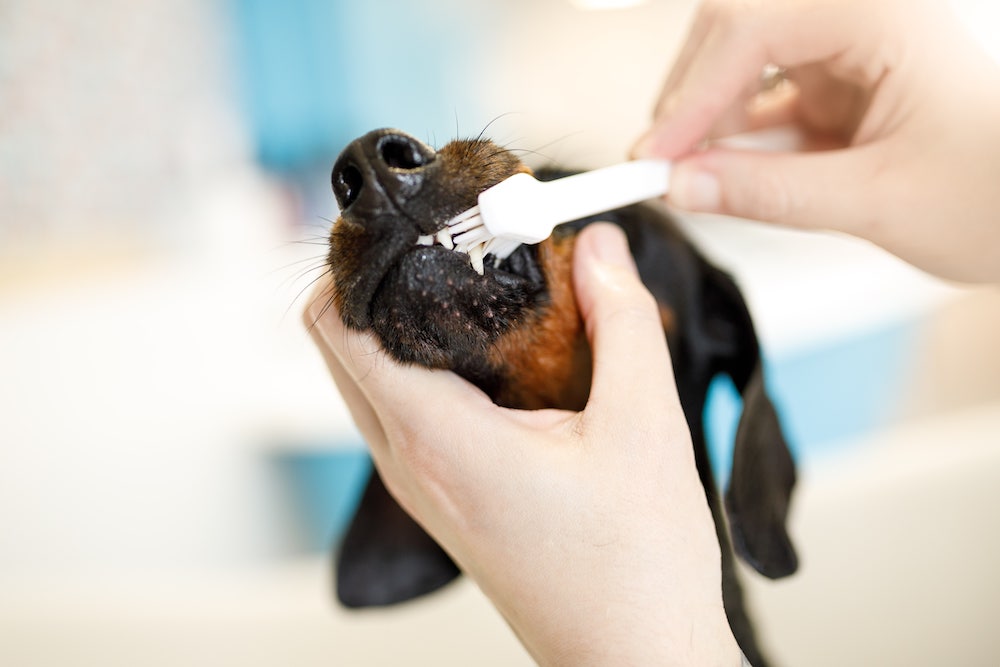
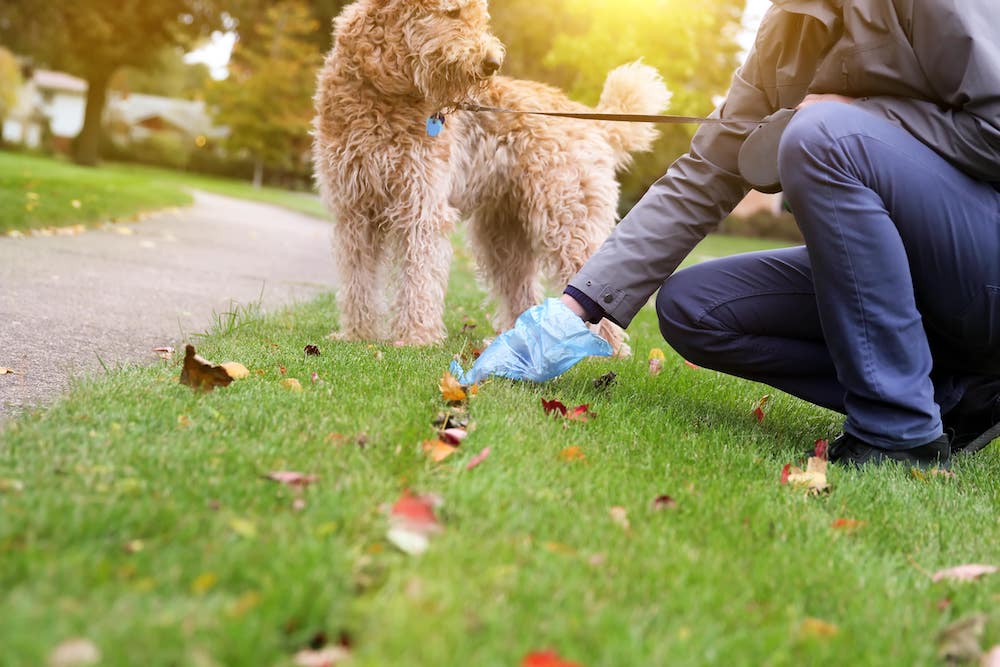

.jpg)



